This is even more pronounced in Western Australia where Plico’s head office is based. The state is on track to have recorded its warmest summer on record with its previous hottest summer in 2018–2019.
But why should we care?
Climate change, of course, but as a society we have become almost numb and desensitised to environmental challenges, understandably in favour of more immediate challenges such as inflation and the cost-of-living crisis. Climate change feels far away and difficult for an individual to make meaningful change.
In line with the cost of living, the energy transformation is quietly stirring across the suburbs of Western Australia.
Last summer, Plico’s Virtual Power Plant (VPP) hit a milestone of 13 separate activations: four in January and nine in February, some occurring consecutively. Comparatively, in 2023, there were only two activations. This historic breakthrough is not to be underestimated. It’s a significant consequence for the market.
VPPs offer exactly what the government needs: a flexible, agile way to balance grid instability, with the ability to move quickly to clean energy, all without exorbitant infrastructure and investment.
It all started when the Australian Energy Market Operator (AEMO) identified a potential reserve shortfall of 326 MW in WA’s main power system over summer and sought additional capacity from energy providers, like Plico, to cover this shortfall.
A VPP is a collection of associated individual, independent household solar and battery systems, known as distributed energy resources (DER), that are united remotely to form a VPP. The Plico VPP uses cutting edge technology to enable monitoring, control, and optimised dispatch of Plico’s network of customer solar and battery systems.
VPPs can be managed to bring the grid back into balance in peak demand scenarios. Peak demand is when energy supply to the grid is low, and demand is high. This usually occurs on hot summer evenings when energy demand increases just as solar exports start to decrease. When the VPP is activated in a peak demand scenario, Plico assumes control of the customer’s battery remotely, and sets it to store and conserve energy during the day. This enables the systems to export energy back to the grid later when it was most needed between 5.30pm and 7.30pm.
For each activation the Plico VPP dispatched approximately 3 MWh, equating to 39 MWh total grid support in the summer of 2024.
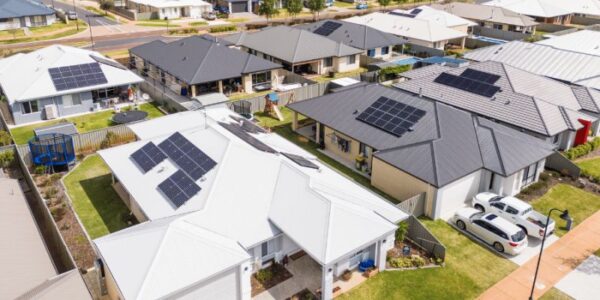
Image: Plico
We are at the nucleus of something amazing that could significantly stabilise the grid, and also provide government an already proven, cost-effective solution to transition from fossil fuels and moving towards clean energy net zero targets.
Like the feed-in tariff transformed Australia into a solar panel powerhouse, we need a similar incentive to encourage households to install home battery systems.
Because now it’s bigger than just installing a solar battery system into your home. That single home solar battery system when integrated into a VPP has demonstrated the potential to revolutionise our future power grid demand.
The VPP introduces flexibility, efficiency, and resilience into the energy ecosystem. It transforms the traditional model of centralised energy generation and distribution, paving the way for a more sustainable and adaptive power grid.
For each activation the VPP powered 2,117 homes. It’s estimated the additional power sent for the entire 13 activations saved more than 27,500 households from a potential blackout.
Popular content
Importantly, during this process our customers are looked after. They are credited for the energy stored in their battery, and for any additional electricity cost they may incur during an activation. They also receive a VPP bonus payment of up to $100 per year just for being part the VPP.
Without a doubt, this is one of the most significant contributions ever made by a residential VPP aggregator to the energy market across Australia.
This is also great news for all levels of government. As this infrastructure already exists across suburbia, we don’t have to invest millions into new hardware or infrastructure. It’s also flexible to be able to be activated with minimal notice.
But we need help to do it better. Instead of 2,000 customer solar and battery systems, it could be 2 million systems.
Imagine a future where all states and territories are equipped with millions of customer-owned solar and battery systems. Together, these could harness this incredible capacity to activate energy precisely when it’s most needed, stabilising the grid and ensuring more predictable and affordable energy prices.
Achieving this at the speed required, needs a collaborative effort. With support from government, we can ensure a sustainable and economically stable energy future for Australian. While Australia leads the race on solar panels, we could also win in the expansion of batteries and the use of widespread VPPs.
The good news is now that we have proven it works, the race to broaden the virtual power plant is on, and it’s a race we will all benefit from, particularly if you have a solar and battery system. We’ve even worked out how to retro fit or pair a battery with a household’s existing solar.
With warmer days and nights, we have all the ingredients. It’s time for a solar and battery revolution, to really power towards net zero.
Author: Robbie Campbell, Chief Executive Officer, Plico
The views and opinions expressed in this article are the author’s own, and do not necessarily reflect those held by pv magazine.
This content is protected by copyright and may not be reused. If you want to cooperate with us and would like to reuse some of our content, please contact: editors@pv-magazine.com.
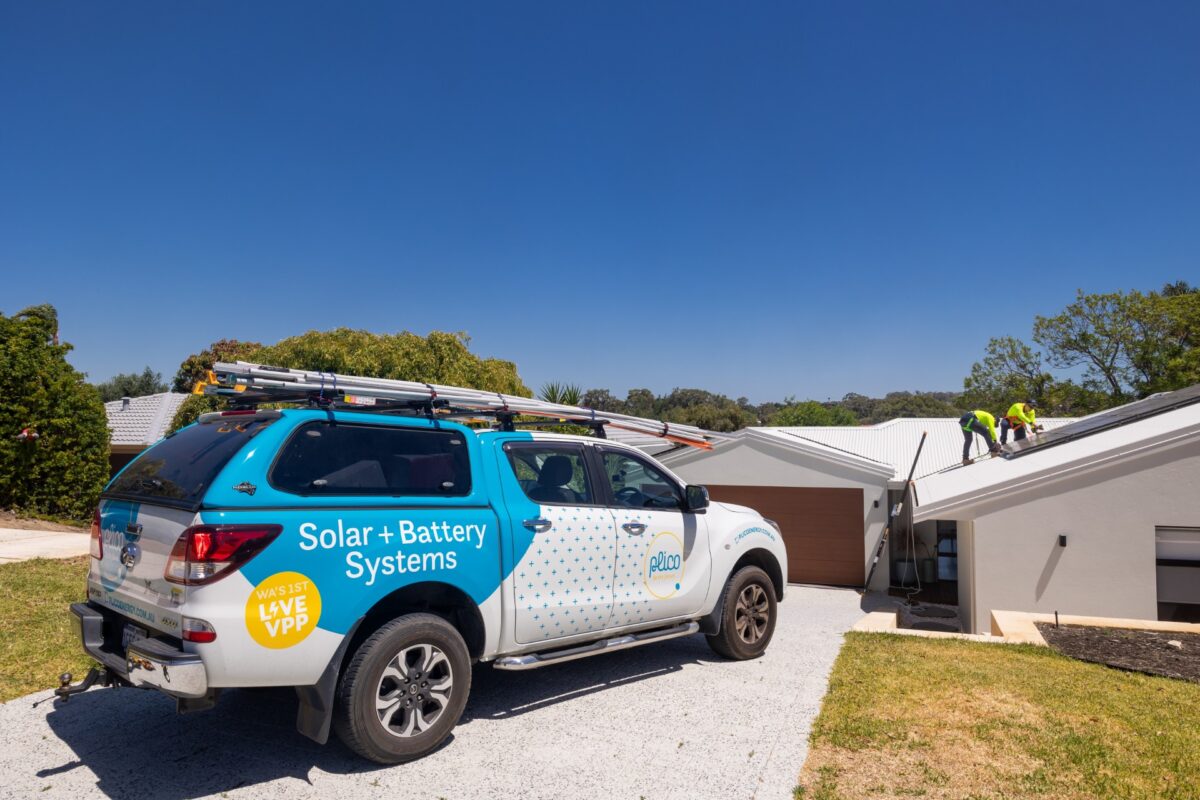



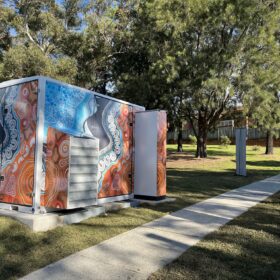
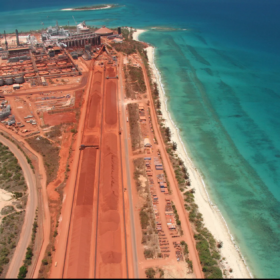
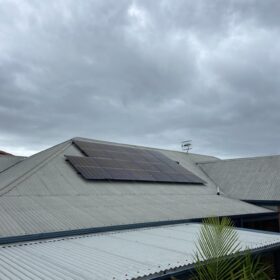

1 comment
By submitting this form you agree to pv magazine using your data for the purposes of publishing your comment.
Your personal data will only be disclosed or otherwise transmitted to third parties for the purposes of spam filtering or if this is necessary for technical maintenance of the website. Any other transfer to third parties will not take place unless this is justified on the basis of applicable data protection regulations or if pv magazine is legally obliged to do so.
You may revoke this consent at any time with effect for the future, in which case your personal data will be deleted immediately. Otherwise, your data will be deleted if pv magazine has processed your request or the purpose of data storage is fulfilled.
Further information on data privacy can be found in our Data Protection Policy.